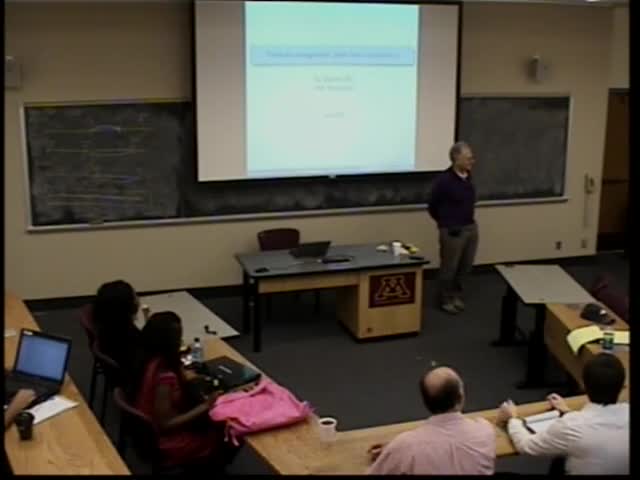Non-constant discount rates, time inconsistency, and the golden rule
Presenter
June 10, 2010
Keywords:
- Economic
MSC:
- 62P20
Abstract
In economic theory one typically discounts future benefits at a
constant rate. An example of this is the celebrated model of endogeneous
growth, originating with Ramsey (1928), which leads to the so-called golden
rule in macroeconomics. There are now excellent reasons (intergenerational
equity, for instance) to use non-constant discount rates. There is then a
problem of time-inconsistency: a policy which is optimal today will no
longer be so when the time comes to implement it. So optimization is
pointless, and a substitute has to be found for optimal strategies. We will
define such a substitute, namely equilibrium strategies, show how to
characterize them, and investigate what happens to the golden rule. This is
joint work with Ali Lazrak.
